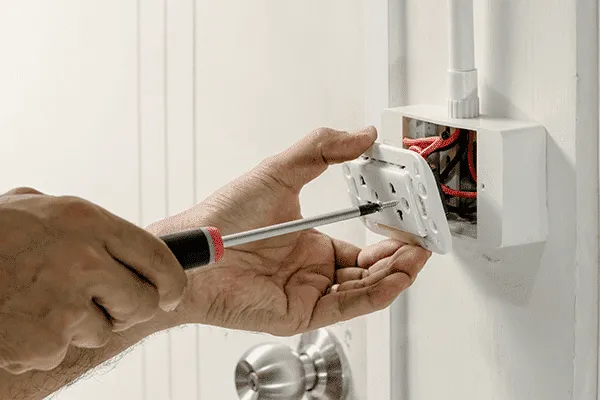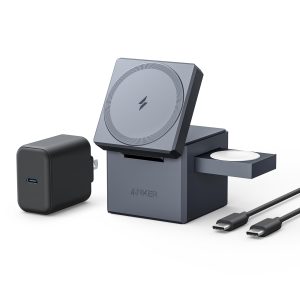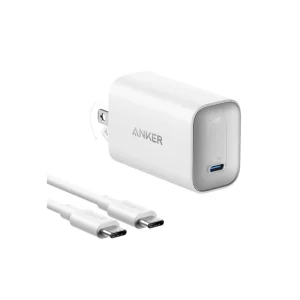What is an Electrical Outlet? Definition, Working Principles, Applications, and Safe Usage

1. What is an Electrical Outlet?
An electrical outlet, also known as a power socket or receptacle, is a device that allows electrical appliances to connect to a power source. It serves as a crucial component in residential, commercial, and industrial electrical systems, providing a safe and convenient way to access electricity.
Common Types of Electrical Outlets
- Standard AC Outlets: Used in homes and offices to power general appliances.
- GFCI (Ground Fault Circuit Interrupter) Outlets: Designed for wet areas like kitchens and bathrooms to prevent electric shocks.
- AFCI (Arc Fault Circuit Interrupter) Outlets: Protect against electrical fires by detecting arc faults.
- USB Outlets: Integrated USB ports for charging devices without the need for adapters.
- Smart Outlets: Connected to smart home systems for remote control via Wi-Fi or Bluetooth.
- Heavy-Duty Outlets: Used in industrial settings to support high-power equipment.
Main Uses of Electrical Outlets
- Powering household appliances: TVs, refrigerators, microwaves, and more.
- Charging electronic devices: Phones, laptops, tablets, and smartwatches.
- Supporting industrial machinery: High-voltage outlets for heavy-duty equipment.
- Enhancing safety: Special outlets like GFCI and AFCI reduce risks of electrical hazards.
2. How Does an Electrical Outlet Work?
Working Principle
An electrical outlet functions as a bridge between the electrical wiring system and the appliance, providing a controlled flow of electricity.
- Power Supply Connection: The outlet connects to the building’s electrical wiring, which receives power from a main supply or grid.
- Live, Neutral, and Ground Wires: The live wire carries current, the neutral wire completes the circuit, and the ground wire provides safety against electrical faults.
- Plug Insertion: When a plug is inserted into the outlet, metal contacts inside establish an electrical connection.
- Power Distribution: Electricity flows through the connected appliance, enabling it to operate.
- Safety Features: GFCI and AFCI outlets monitor electrical imbalances or faults and shut off power when necessary.
Key Components of an Electrical Outlet
- Faceplate: The outer cover that protects the internal components.
- Hot, Neutral, and Ground Terminals: Connection points for electrical wiring.
- Contacts: Metal plates inside the outlet that make contact with the plug prongs.
- Circuit Breakers or Interrupters: Found in GFCI and AFCI outlets for enhanced safety.
- Mounting Bracket: Secures the outlet to the wall or electrical box.
3. Where Are Electrical Outlets Used?
Electrical outlets are essential in various settings, ensuring a reliable power source for numerous applications.
- Homes and Apartments: Used for everyday appliances, lighting, and charging electronic devices.
- Offices and Commercial Buildings: Powering computers, printers, and office equipment.
- Factories and Industrial Plants: High-voltage outlets for machinery and production lines.
- Hospitals and Healthcare Facilities: Powering medical equipment and emergency devices.
- Outdoor and Construction Sites: Weatherproof outlets for power tools and temporary lighting.
- Smart Homes: Integrated smart outlets for automation and remote control.
4. How to Use an Electrical Outlet Safely
Safe Usage Guidelines
To prevent electrical hazards and ensure efficient usage, follow these safety measures when using electrical outlets:
- Use Proper Plug Types: Ensure that the plug matches the outlet type and voltage requirements.
- Avoid Overloading: Do not plug too many devices into one outlet to prevent overheating and electrical fires.
- Check for Loose Connections: Loose outlets or plugs can cause sparks and increase fire risks.
- Keep Outlets Dry: Avoid using electrical outlets with wet hands and install GFCI outlets in moisture-prone areas.
- Inspect for Damage: Replace cracked or damaged outlets immediately.
- Unplug Unused Devices: Reduces energy consumption and prevents potential electrical issues.
- Use Childproof Covers: Protect children from accidental electric shocks by using safety covers.
- Upgrade Old Outlets: Replace outdated outlets with modern, safer alternatives like GFCI or AFCI models.
- Hire a Professional for Installation: Ensure safe wiring and installation by consulting a licensed electrician.
Common Issues and Troubleshooting
- No Power: Check if the circuit breaker has tripped or if the outlet is faulty.
- Sparking or Overheating: Indicates a loose connection or short circuit; requires immediate attention.
- Frequent Tripping of GFCI Outlets: May signal a ground fault; inspect the connected appliances.
- Buzzing or Burning Smell: Signs of internal wiring issues; replace the outlet immediately.
Conclusion
An electrical outlet is a fundamental component in any power distribution system, allowing safe and efficient access to electricity for various needs. Understanding its types, working principles, applications, and safety guidelines helps ensure its proper use. Whether in homes, offices, or industries, using the right outlet and maintaining it properly can enhance electrical safety and efficiency.







